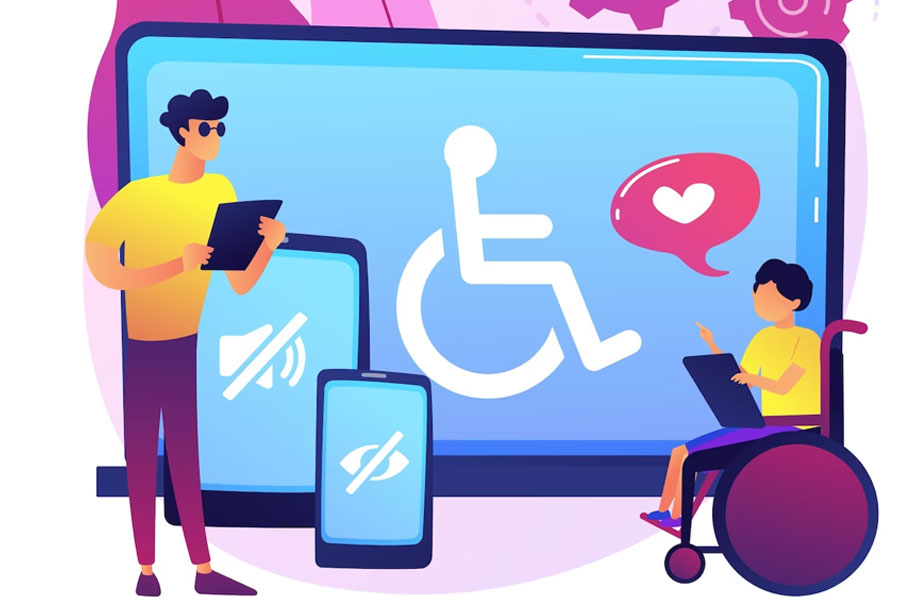Creating Accessible Websites: Designing for Inclusivity
In today’s digital landscape, creating inclusive and accessible websites is not just a matter of good design—it’s a moral and legal obligation. An accessible website ensures that people with disabilities can navigate and interact with your content effectively, regardless of their abilities or assistive technologies. By designing for inclusivity, web designers can provide equal access to information, services, and opportunities for all users. In this article, we will explore the importance of creating accessible websites and discuss essential design considerations to foster inclusivity and optimize user experiences.
- Understanding Accessibility: Accessibility refers to the practice of designing and developing websites that are usable and navigable by people with disabilities. This includes individuals with visual, auditory, motor, or cognitive impairments. By considering the diverse needs of users, web designers can create an inclusive digital environment that accommodates a wide range of abilities.
- Clear and Structured Content: Proper use of heading tags (H1, H2, H3, etc.) not only helps optimize your website for search engines but also aids users in navigating your content. By structuring your content with headings, you make it easier for screen readers and assistive technologies to interpret and convey the information accurately.
- Color Contrast and Typography: Ensure sufficient color contrast between text and background elements to enhance readability, particularly for users with visual impairments. Choose font sizes and styles that are easy to read, and avoid using solely color as a means of conveying important information. Incorporate alternative text (alt text) for images, providing descriptions that assist visually impaired users in understanding the visual content.
- Keyboard Accessibility: Some users may rely on keyboards or other alternative input devices to navigate websites. Ensure that your website is fully functional and accessible via keyboard navigation alone. This involves ensuring interactive elements like buttons, menus, and links are easily accessible and operable using the Tab key.
- Multimedia and Captions: Videos, audio clips, and other multimedia elements should include captions, transcripts, or alternative formats to make them accessible to users with hearing impairments. Providing these alternative options ensures that everyone can access and understand the content regardless of their auditory abilities.
- Consistent and Intuitive Navigation: Implement clear and consistent navigation throughout your website. Organize content in a logical and intuitive manner, making it easy for all users to find information quickly. Consider implementing skip navigation links, which allow screen reader users to bypass repetitive navigation and jump directly to the main content.
Conclusion:
Designing accessible websites is an essential practice that promotes inclusivity, equal access, and enhanced user experiences for all individuals, regardless of their abilities. By understanding and implementing accessibility guidelines, web designers can create websites that accommodate diverse user needs, foster inclusivity, and ensure equal access to information and services. Through considerations such as clear content structure, color contrast, keyboard accessibility, multimedia alternatives, and intuitive navigation, you can create an inclusive digital environment that empowers and includes all users. Embrace the principles of accessibility in your web design process, and contribute to a more inclusive and equitable online world.

